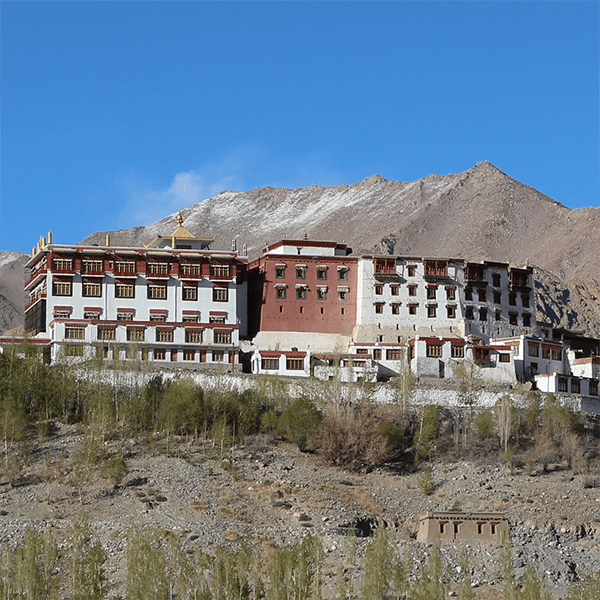Spiritual Journey
Hemis Monastery
Hemis Monastery is a Himalayan Buddhist monastery (Gompa) of the Drukpa Lineage, in Hemis, Ladakh, India. Situated 46 km from Leh, the Monastery was re-established in 1672 by the Ladakhi king Sengge Namgyal. It’s a half an hour to drive to Karu which is 40 KMS from Leh.
It is ancient and magnificent amidst blue sky and mountains were at their best to welcome anyone for spiritual revelations.
The Monastery houses Numerous Paintings of Thangkas which are preserved. As you Step-In, Copper Gilded Statue of Lord Budha is nestled within the Monastery with many other Stupas made of precious metals like Gold and Silver.
With the Stupas, the museum holds the attraction which houses Historical & Religious Paintings, The Weapons & The Carriers.
To enjoy the ultimate beauty of the place, one must visit the Hemis Festival, which happens in the month of June.
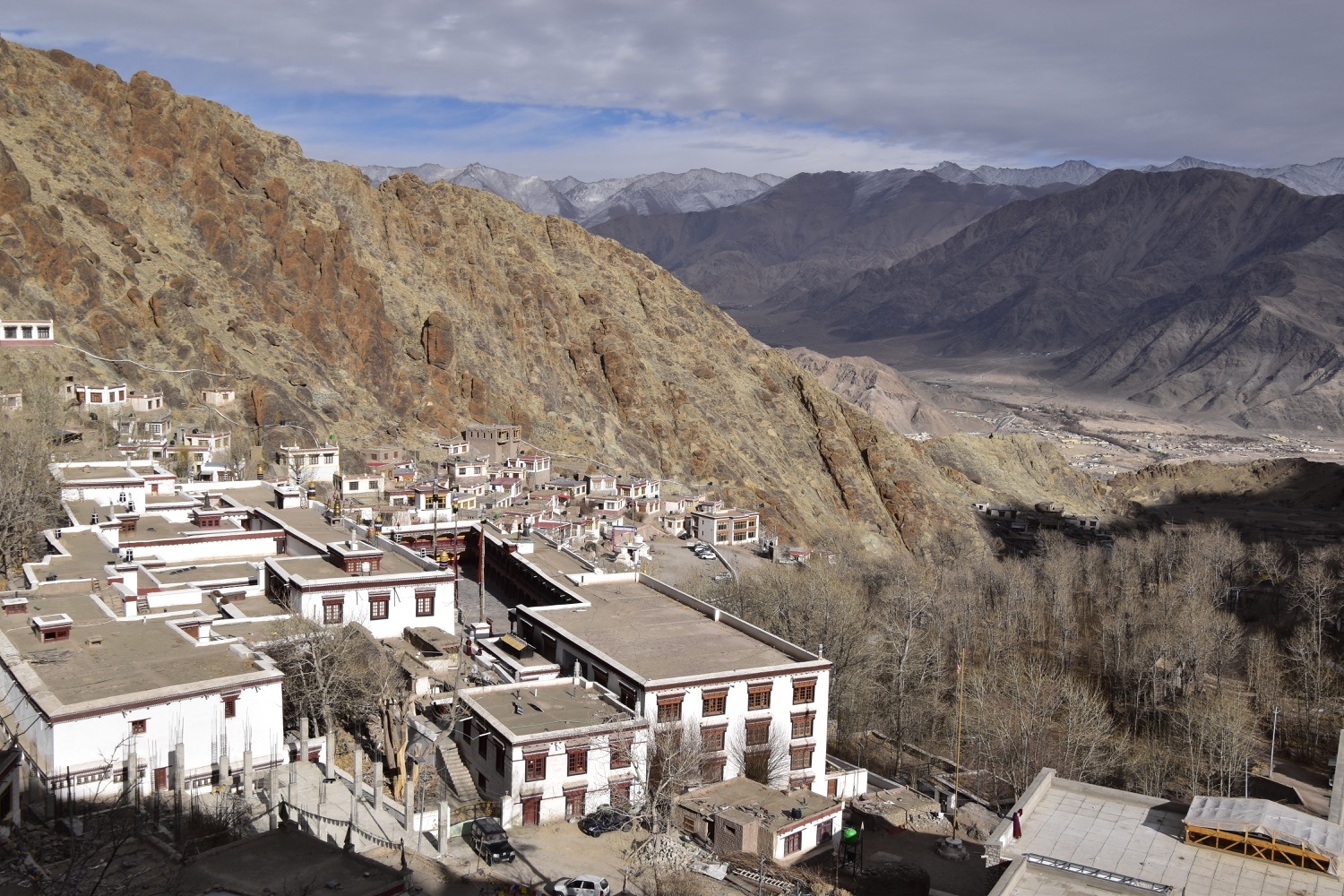
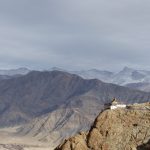
Stakna Monastery
Hilltop Wonder Castle
Stakna Monastery or Stakna Gompa is a Buddhist monastery of the Drugpa sect in Stakna, Leh district, Ladakh. It is situated around 25 kilometres from Leh on the left bank of the Indus River.
It was founded in the late 16th Century by a Bhutanese scholar and saint, Chosje Jamyang Palkar. The name, Stakna meaning ‘Tiger’s Nose’ was given because it was built on a hill shaped like a tiger’s nose. Stakna has a residence of approximately 30 monks.
It is the only Bhutanese Drukpa Kagyu monastery in Ladakh, headed by the Je Khenpo in Bhutan, whereas the other Drukpa monasteries in Ladakh are of the Gyalwang Drukpa’s school, based at Hemis.
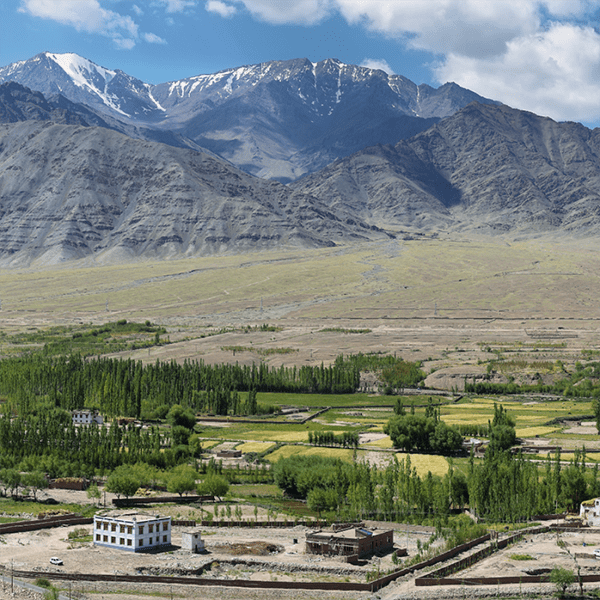
Lamayuru Monastery
Lamayuru (Lamayouro) Monastery is also known as moon land, is a beautiful hamlet nestled in Lamayuru Village near Leh. Perched at an altitude of 11520 ft., the Monastery is one of the fascinating places to visit in Ladakh. The oldest Gompa is also one of the largest monasteries in Ladakh famed as Tharpa Ling which means the ‘place of freedom’. Nearly 150 monks belong to the Monastery, and 30-40 still reside at the Gompa belonging to the Red-Sect of Buddhism. The Monastery lures spirituality learners and tourists who wish to spend some time at a beautiful location amidst the sacred aura and isolation. The place is idealistic to serve as the meditation centre. Tranquil ambience and scenic area of the Monastery is mesmerizing.
As per legends, Lamayuru’s valley was a clear lake at the time of the Sakyamuni. The lake was the dwelling place of the holy serpents. The Bodhisattva Madhyantaka predicted that the lake would be emptied and a monastery will be built here. Naropa, a Buddhist scholar, visited Ladakh in the 11th Century and spent many years meditating in a cave.
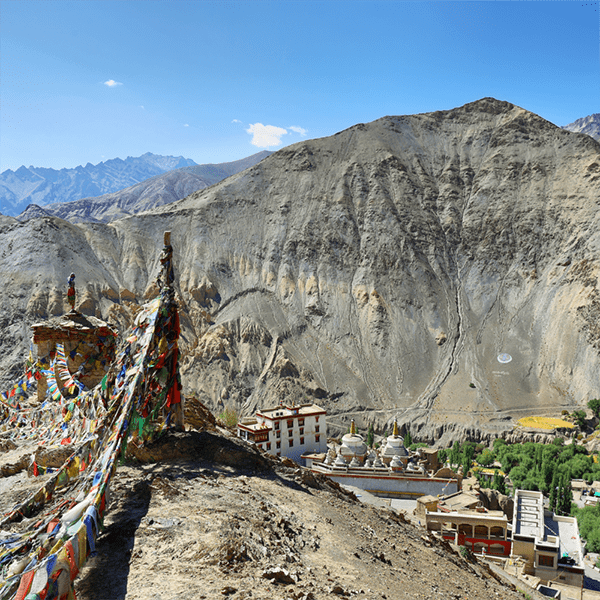
Shey Monastery
Shey Monastery was built in 1655 by Deldan Namgyal, the king of Ladakh, in the memory of his father. This Palace was manoeuvred as a Summer Retreat for the Ladakhi kings.
One of the most notable and critical features of the Shey Monastery is the Shakyamuni Buddha, standing tall with a height of 39ft in copper and gilded gold. It is estimated to be the second-largest Buddha statue of the kind in all of Ladakh.
It is interesting to know that Shey Palace was the summer capital of Ladakh, until 1842 when the Namgyals had to abandon the Palace and flee to Stok, due to the invasion of the Dogras from Jammu that year. The monastery floor is covered with murals and walls around the Buddha statue display saints who achieved Nirvana. The lower floor has a library which preserves ancient manuscripts. The view of Indus valley and mountains in backdrop is one mesmerizing view that one gets from the top of the Monastery. Since situated on a hillock with large steps, it takes your breath out roaming around the Palace and Monastery.
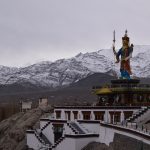
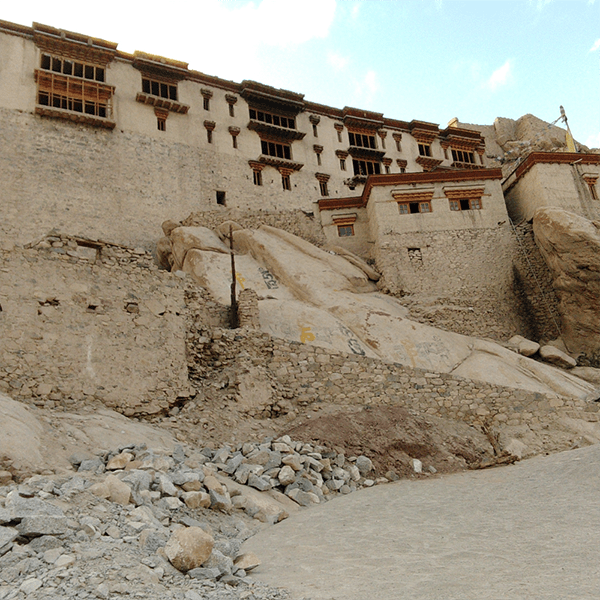
Diskit Monastery
Belonging to Gelugpa sect of Tibetan Buddhism, Deskit or Diskit Monastery is the largest and oldest in Nubra Valley. Hence a visit to the Monastery is an inevitable part of any kind of Ladakh tour. The significant fact related to the Monastery is that it runs a school with the help of a Non-Governmental Organization to teach science subjects in English to the local children of the region. The fourteenth-century Monastery is a favourite tourist destination as well.
The major highlight is the festival named Desmochhey or Dosmoche, which is famous as the festival of the scapegoat. It is a prayer festival.
This Monastery is located at the height of 3144 meters above the flood plains of Shyok River, in Diskit Village in Nubra Valley is the Monastery. One can reach the village from Leh via Khardung La Pass.
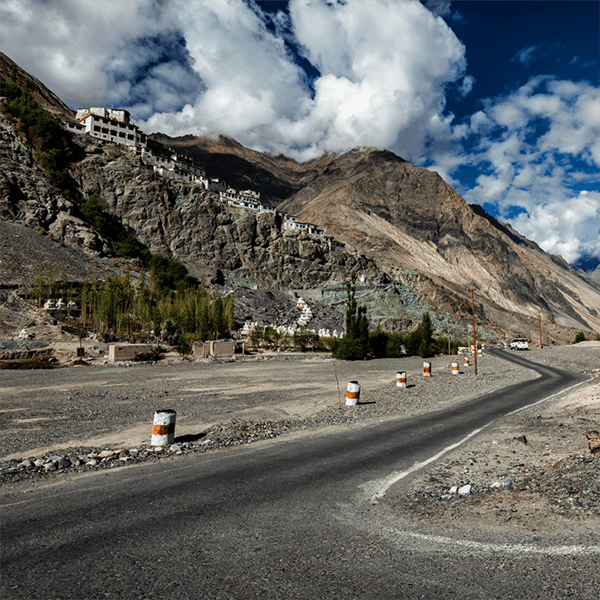
Chemrey Monastery
Founded in 1664 as a memorial, the Chemrey Monastery is located on a hill that overlooks the dusty route from Kharu to Chang la pass in Leh. With an aura similar to the high-altitude monasteries of Spiti Valley, Chemrey commands a stunning view of the valley blessed with bright yellow mustard fields every summer.
This Monastery is a 400-year-old yet unexplored Buddhist monastery located approximately 40 kilometres east of Leh in Northern India. It is known for housing a giant statue of Padmasambhava and a collection of ancient scriptures with the text emboldened in gold letters with the titles in silver.
The Chemrey Monastery belonged to the Drugpa Monastic order and was founded by the Lama Tagsang Raschen and dedicated to King Sengge Namgyal in 1664. The grand edifice houses shrines, two prayer halls, and a Lama temple. The transfixing Chemrey Monastery is also famous for the Chemrey Angchok, which is a sacred dance festival, held on the 28th and 29th day of the ninth month of Tibetan calendar. During this time, the Monastery is beautifully decorated with colourful flags which attract tourists from all over the world.
The picturesque location of the Monastery makes it an absolute must for anyone who visits Ladakh.
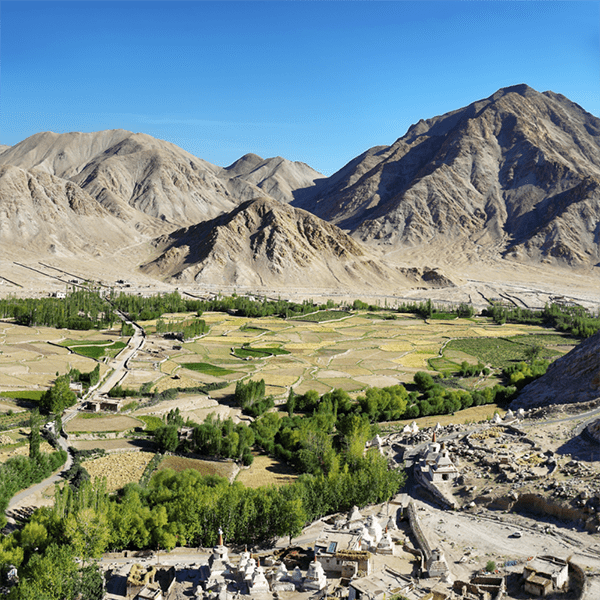
Thiksey Monastery
Located to the North of the Indus River on a hilltop, less than 20km from Leh town, Thiksey Monastery built in 1430 AD belongs to the Gelukpa Order of Buddhism. Lakhang Nyerma, a Temple dedicated to Goddess Dorje Chenmo, is within the Thiksey Monastery with few more shrines inside the monastery complex. The Monastery hosts the Gustor ritual, organized from the 17th to 19th day of September. The sacred mask dance is celebrated annually during the Gustor ritual. The Maitreya Buddha statue here is probably the most photographed statue of the Buddha. The 15 m (49 ft) magnificent high statue took over four years to craft.
There is an interesting legend related to the formation of Thiksey Monastery. It is said that Palden Zangpo and Sherab Zangpo, disciples of a Buddhist guru, were performing rituals at a small village-monastery in the northern side of Indus Valley. When they were about to throw the Torma offerings in the valley, a crow came out of nowhere and carried the torma with it. Upon searching, the disciples found those torma offerings on a rock, where, later on, they built Thiksey Monastery. Today, it is one of the most prominent monasteries in India and is visited by several monks and tourists every year. Apart from scrutinizing its architectural formation, there is a lot to explore within its boundaries.
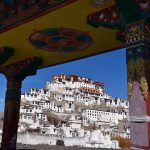
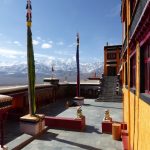
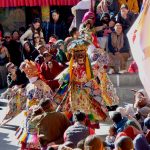
Spituk Monastery
Spituk Monastery also called Spituk Gompa, is a Buddhist monastery located about 8 km from Leh. It is known as one of the most dazzling monasteries in India housing over 100 monks and a giant statue of Kali, which is unveiled only during the annual Gustor Festival. It is famous for its collection of Buddhist objects of antique arms, icon, ancient masks and numerous Thangka paintings.
The site of Spituk was blessed by the Arhat Nyimagung. It was founded by Od-de, the elder brother of Lha Lama Changchub Od when he came to Maryul in the 11th Century. He introduced the monastic community. When Lotsewa Rinchen Zangpo went to that place, he said that an exemplary religious community would arise there and so the Monastery was called Spaythub (an exemplary one ). During the time of Dharma raja Gragspa Bum-Ide the Monastery was restored by Lama Lhawang Lotus, and the stainless order of Tsongkhapa was introduced. It has remained intact as such till present.
When Lotsewa Rinchen Zangpo (Translator) came to that place, he said that an exemplary religious community would arise which will be paving the pathway to a peaceful spiritual journey and so the Monastery was called Spituk. With a commanding view of the Indus Valley and the surrounding beauty, Spituk Monastery is often visited by tourists from all across the globe.
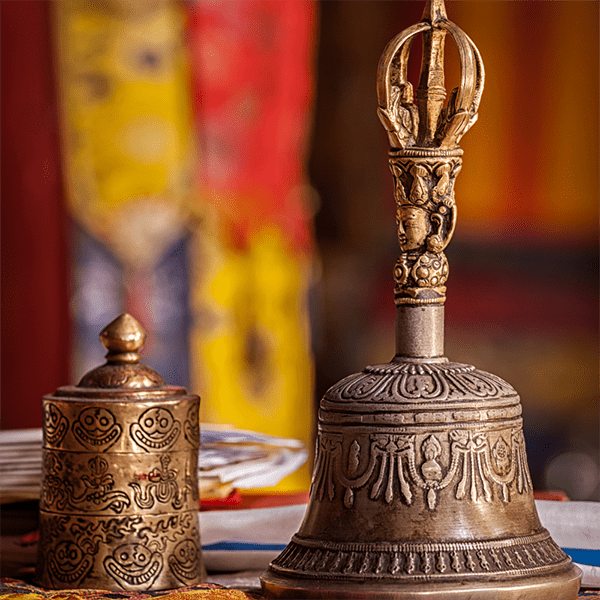
Alchi Monastery
Alchi Monastery or Alchi Gompa (monastery and temple complex) is considered as one of the oldest Buddhist learning centres in Northern India, lies about 65 km from Leh on the banks of the Indus River. It is one of the monastic jewels of Ladakh. According to various researchers, this ancient Monastery was constructed by Guru Rinchen Zangpo between 958 and 1055 AD. The region in lower Ladakh comprises four settlements. Alchi is one of those hamlets and is believed to be the oldest one. There are five shrines in the Choskor Temple Complex which has some splendid wall paintings. The temple of Alchi Monastery possesses other two major temples, Lakhang Soma and Lotsabha Lakhang. All these striking architectures are decorated with a stunning carved painting which is considered as one of the oldest remaining in Ladakh. The assembly hall and the main temple of the Monastery are constructed following the Kashmiri style. The main temple is a three-storied structure popularly called The Sumtseg. Chortens are also an essential part of the Aichi monastery. The amazing wall paintings in the Alchi monastery reflect the spiritual and artistic details of Hindu kings as well as Buddha kings during the reign of Himachal Pradesh and Kashmir. The walls feature thousands of miniature sized pictures of the Buddha. Three large sized images made of clay painted brightly are its focal attraction. No longer an active religious centre, it is looked after by monks from the Likir Monastery. The surroundings of Alchi Gompa offers an amicable atmosphere for visitors.
The preserved monuments inside the Monastery describe a unique story. The statues are ascribed to a Tibetan noble in the 11th Century named Kal-dan Shes-rab. The key parts of the Monastery are the assembly hall or Dukhang, Manjushri- the temple and Chortens.
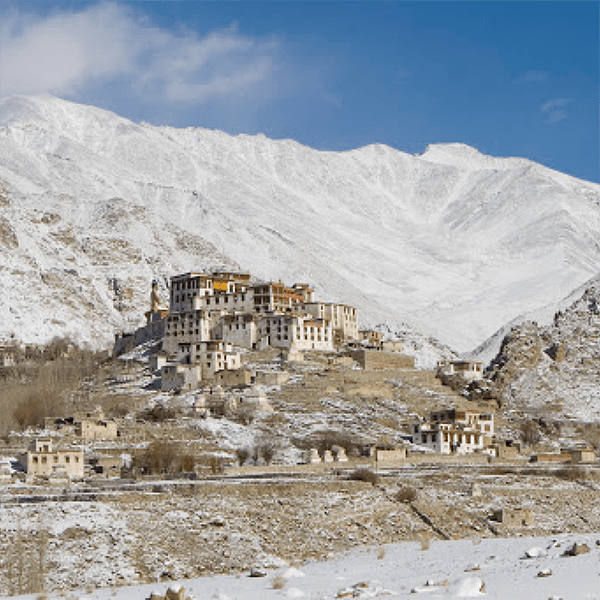
Rizong Monastery
Known to be a paradise for meditation, to the west of Alchi on the road to Lamayuru, lined by the beautiful mountainous terrains, Rizong Monastery is perched on a rocky hilltop north of Indus River. The Monastery holds special significance for Tibetan Buddhists as it is believed Guru Padmasambhava had meditated in the caves around Rizong. Located 73 km from Leh in Ladakh district in UT Ladakh, the Monastery belongs to Gelugpa sect of Tibetan Buddhism, also known as the Yellow Hat sect. The Monastery was founded by Lama Tsultim Nima in 1831. According to popular belief, Guru Padmasambhava meditated in the caves around Rizong. It is also believed that lamas used to meditate in the caves around Rizong in isolation, surviving on one meal a day and avoiding any contact with the outside world. Before the construction of the Monastery, Lama Tsultim Nima started a hermitage at the site to teach monks about Buddhism.
At the centre of the Monastery, there is a relic shrine which has another name as Sku- Gdung that preserves the relics of the founder of the Monastery. The frescoes of Dharmaraja and other deities are all around the shrine. Shakyamuni Buddha’s statue is the main attraction of the assembly hall, as well as the idols of other deities, give the hall a complete sacred atmosphere. The sacred chamber, Thin-Chen shrine, etc. have many other idols and all together create the harmonic serenity inside the Monastery.
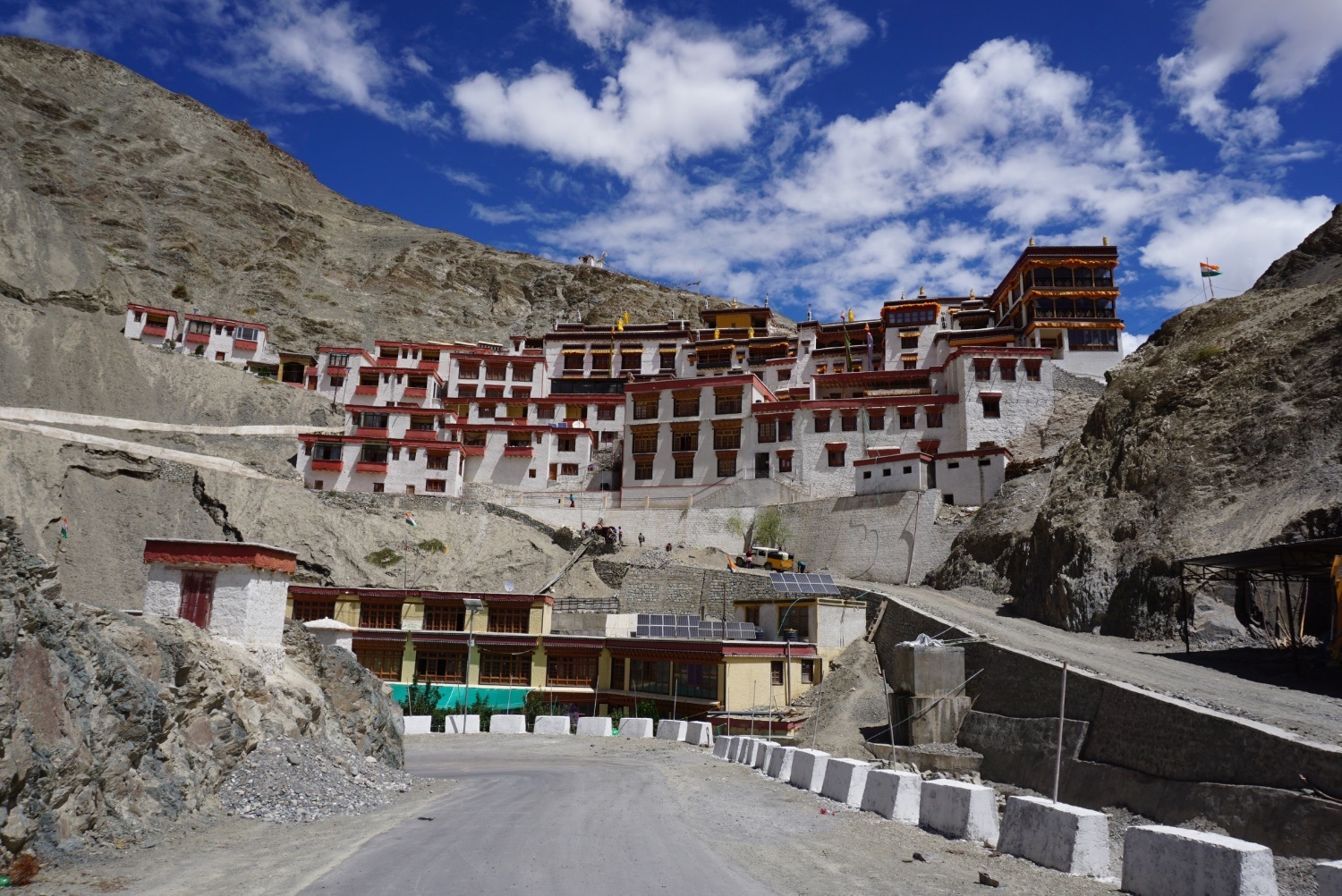
Sankar Monastery
Sankar Gompa, or Monastery, is yet another beautiful monastery in Ladakh located at a distance of around 3km from the main town of Leh. This Monastery is believed to be a subsidiary of Spituk Monastery, with the same Lama presiding over it. The Sankar Monastery belongs to the Gelukpa sect of Buddhism. This Gompa is official resident of sect head Kushok Bakula. There are 25 lamas belong to the yellow-hat sect are attached to the Gompa but among them, only a few are the permanent residents.
The Sankar Gompa has stone boundary walls around the Monastery. At the assembly hall of the Gompa, there is a portrait of the head lama Kushok Bakul Rinpoche (who is said to be the senior incarnate Lama due to his personal authority and ancient lineage) who died in the year 2004. The entrance of the assembly hall is decorated on either side of the door with the paintings of the guardians of the Four Directions. On the left wall of the entrance Verandah, there is a ‘Wheel of Life’ held by a lama. The walls of the Gompa are splashed with wonderful paintings of different Buddhas. On the right side of the throne, there is a picture of Avalokitesvara with 11 heads and 1000 arms. Another sight which will catch your attention here is the amazing sculpture made of barley and butter. One common theme found in all the idols, murals and sculptures is “protection”, which is also the main theme of the Monastery. Inside the Monastery, there is a doorway which leads to a chapel where you come across the image of Tsong-Kha-Pa, the founder of Gelukpa sect.
There is also a small outdoor area consisting of a Tibetan calendar along with other beautiful murals which depict the lifestyle of the lamas. A particular fascination in the outdoor area is the blue peacock mammoth statue which has 1,000 heads and 1,000 arms. The library offers incredible views of the Namgyal Tsemo Hill.
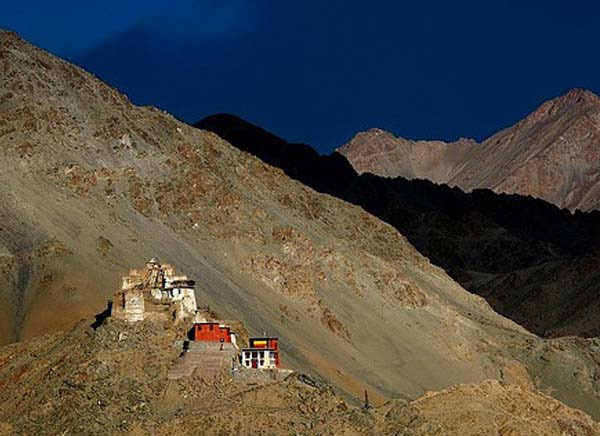
Phyang Monastery
Phyang monastery is located 17 km west from Leh in Ladakh. Phyang and Lamayuru are the only monasteries in Ladakh that belong to Dri-gung-pa sect of Tibetan Buddhism. The name Phyang was derived from Gang Ngonpo that means the blue mountain, which is situated behind the Monastery. Legend has it that the foundation of the Monastery was laid by Denma Kunga Drakpa. It is said that Drakpa stayed at the area in a tented camp to contemplate the beauty of the place. While meditating, he saw the Goddess Achi on her blue horse. He took the dream as an auspicious sign and decided to construct the Monastery at the top of the hill. The Monastery is known for its ancient wall paintings, collections of old thangkas and murals of Mahakala. The Monastery is home to 100 monks. The Monastery also houses a school to impart training in Buddhism along with modern education. There is an old temple of Mahakala (the Gomkhang) which was built at the time of the foundation of Monastery. There is a museum in the Monastery that has 900-year-old collections of idols, scriptures, Chinese, Tibetan and Mongolian firearms and weapons. The Phyang monastery festival attracts large number of tourists. Dance, music and mask dance are high point of the event. The Cham dance by the lamas is quite spectacular to watch.
